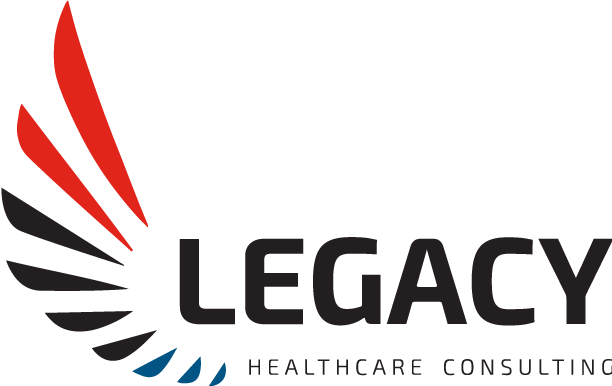Building a Winning Culture: The Power of Leadership in Healthcare
In the world of post-acute care, culture isn’t just a buzzword—it’s the backbone of successful, compassionate, and effective care settings. A strong, positive culture shapes the environment where both employees and patients thrive, influencing everything from job satisfaction to patient outcomes. But what does it take to build and sustain such a culture? Let’s explore some key insights that can guide leaders in elevating their care environments.
The Core of a Thriving Culture
At the heart of any great culture lies a shared set of values and beliefs. For post-acute care organizations, this means fostering an environment where everyone—from leadership to frontline staff—aligns with the core mission of providing exceptional patient care. This alignment begins with clear, consistent communication about the organization’s values and expectations.
1. Leadership’s Role in Shaping Culture
Leaders set the tone for the entire organization. They model behaviors, reinforce values, and create an atmosphere where staff feel valued and motivated. Effective leaders in post-acute care actively engage with their teams, providing feedback and support, and recognizing achievements. By being present and approachable, they build trust and encourage a culture of openness and collaboration.
2. Engagement and Empowerment
Engaging staff members is crucial. When employees feel they have a stake in the organization’s success, they’re more likely to be invested in their roles and the care they provide. This involves creating opportunities for professional development, encouraging staff to contribute ideas, and recognizing their contributions. Empowered employees are more likely to take initiative and contribute positively to the work environment.
3. Communication is Key
Open and honest communication strengthens relationships and fosters a sense of community. Regular meetings, transparent decision-making processes, and feedback mechanisms help ensure that everyone is on the same page and feels heard. For post-acute care organizations, this means addressing concerns promptly, sharing successes, and continually seeking input from all levels of the organization.
4. Recognition and Appreciation
Recognition doesn’t just boost morale—it reinforces the behaviors and attitudes that contribute to a positive culture. Regularly acknowledging the hard work and dedication of staff members helps build a culture of appreciation and respect. Simple gestures like a thank-you note, public recognition, or a small reward can have a significant impact on employee satisfaction.
5. Aligning Culture with Patient Care
Ultimately, a strong organizational culture translates into better patient care. When staff are engaged, empowered, and appreciated, they’re more likely to provide compassionate and high-quality care. This alignment ensures that the organization’s values are reflected in every interaction with patients, contributing to a more positive patient experience and improved outcomes.
Leveraging Tools to Enhance Culture: The Culture Task List
To systematically enhance and sustain a positive culture, leaders can utilize specific tools designed to focus efforts and track progress. One such tool is the Culture Task List. This tool is specifically geared towards activities that build and reinforce organizational culture. It includes tasks related to employee engagement, recognition programs, and communication strategies. By regularly reviewing and updating the Culture Task List, leaders can keep their cultural initiatives on track and ensure they are making a meaningful impact.
Moving Forward: Cultivating a Strong Culture
Creating and sustaining a positive culture requires ongoing effort and commitment. It’s about making culture a priority and integrating it into every aspect of the organization. For leaders in post-acute care, this means continuously assessing and evolving cultural practices to meet the needs of both staff and patients.
By focusing on these key areas and leveraging tools like the Culture Task List, you can build a culture that not only enhances employee satisfaction but also leads to improved patient care. In the end, a strong culture is the foundation of excellence in post-acute care, driving success and ensuring a supportive environment where everyone can thrive.
